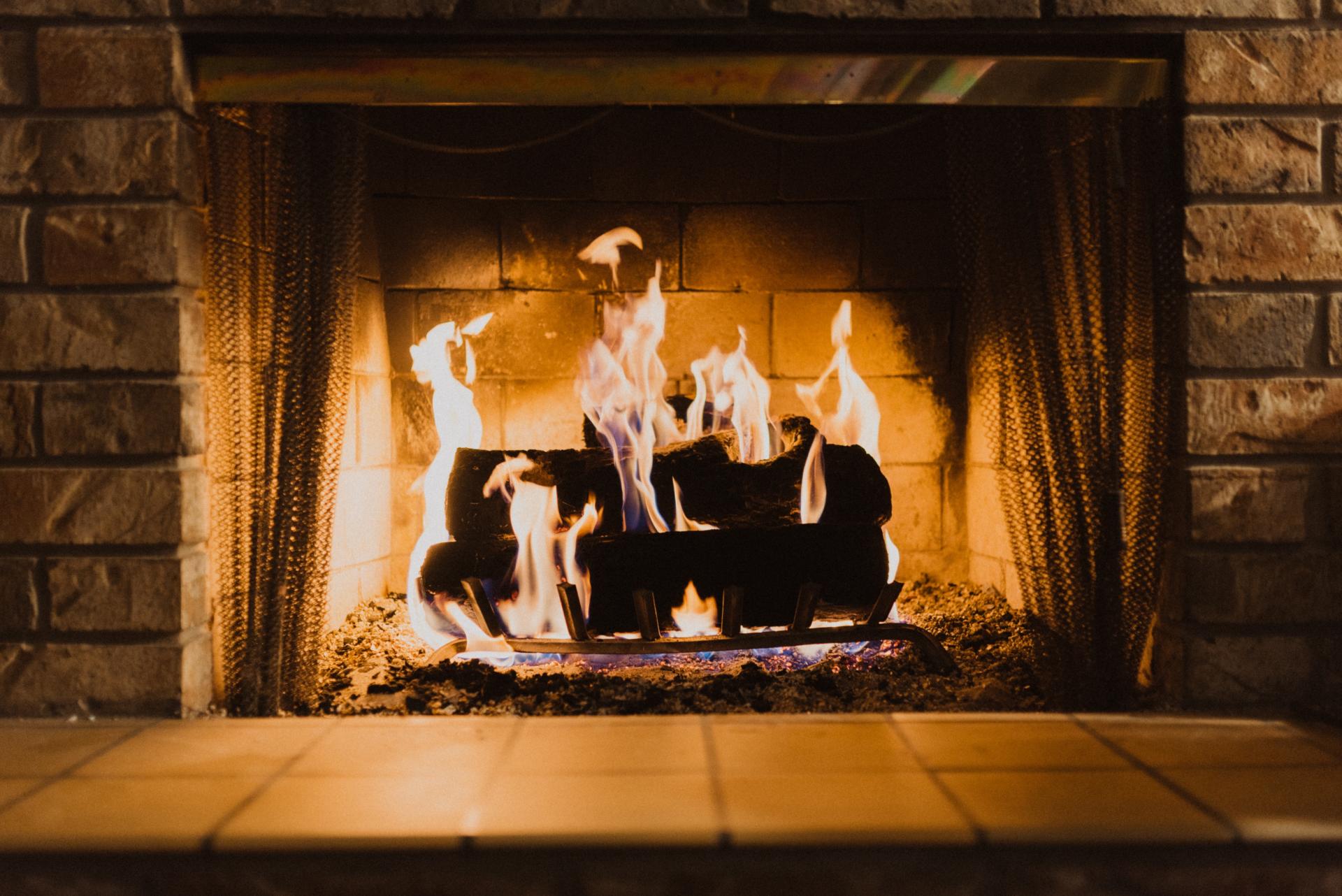Winter is coming, and according to all reports, Britain is about to face the worst winter in decades.
With homeowners being warned to prepare their homes, one thing you may not consider is the fireplace. So, if you’re looking forward to lighting up the fire this year, we’ve highlighted six ways to prepare you fireplace ahead of the bitter cold that’s about the descend.
Check for damage
While this may sound like an obvious step, checking for any damage should be the first thing you do. Take the time to inspect your chimney and check for any broken or loose bricks, cracks to the lining, missing mortar and any signs of deterioration. While doing this, make sure the chimney is securely attached to the house, because this could have serious implications, while water damage should be dealt with as it can be harmful to your whole home.
Get the right wood
While you’re inspecting the chimney, you’ll want to ensure you get all the right supplies for when it’s ready. This means the correct seasonal hardwood, which tends to be dense, like oak. However, this needs to be stored in a high dry place for at least six months before you start using it. So, if you want to cut it yourself, you’ll need to prepare in advance with tools from the likes of SGS Engineering, or if you’ve forgotten, you can probably buy it somewhere.
A chimneysweep
While you’ll be forgiven for thinking chimneysweeps were obsolete, they still exist. You should actually have your chimney swept at least once a year to remove any dangerous debris, and because the winter calls for a fire, now would be the perfect time to do it.
Inspect the gasket material
Make sure you take care of the gasket sealing the door of the fireplace at all times, alongside the ash dump and the glass door itself. While you may think they’re still in perfect working order, make sure you thoroughly inspect each item before you start using it this winter, and replace if necessary. If these items aren’t working to the highest standard it could result in too much oxygen getting to the fire, creating an over-fire condition.
Inspect the damper
This is the valve or plate that helps to regulate the airflow within the chimney. Therefore it is essential that this is inspected before any fire is lit to check that it’s in top condition.
Cap the chimney
Finally, make sure your chimney is sufficiently capped. This can be done with wire mesh to help cover the opening at the top of the chimney, which in turn prevents large debris and rain from getting inside the chimney, alongside animals such as squirrels and birds.
So, if you’re looking forward to getting all cosy in front of your log burning fire this winter, make sure you take all the right precautions beforehand so you can enjoy those toasty nights with a peace of mind.

